Cannabinoid THC Dominant
THC 23 - 26%
CBD 0.45 - 0.73%
Effect Giggly
Side Effect Drowsiness
Flavor Spicyherbal
Toxic Kool Aid Strain
THC
CBD
Potency
Do you have any experience of smoking or dabbing Sativa-dominant hybrids? If no, but you are eager to try, Toxic Kool Aid strain is a good option to start from. It’s a THC dominant weed strain containing 23-26% of THC and around 0.45-0.73% of CBD compounds. It features a diversified terpenes profile, where the amounts of dominant components are almost equal:
- Carene - 0.11%
- Myrcene - 0.12%
- Geraniol - 0.08%
- Limonene - 0.14%
- Linalool - 0.14%
- Bisabolol - 0.09%
- Terpineol - 0.05%
- Terpinolene - 0.12%
- Phellandrene - 0.14%
Toxic Kool Aid Strain Dominant Aromas
Dominant Aromas of the Toxic Kool Aid strain are determined by linalool, limonene, and phellandrene terpenes. The combination of these components provides spicyherbal flavors. If the amount of any of the mentioned terpenes is exceeding, the consumers will be likely to feel sweet tastes, such as apricot or flowery.
What Can It Help With?
Here we must warn our readers that marijuana isn’t a panacea for all diseases. You shouldn’t take it as a medicine until you are recommended to do so by a physician. Actually, the chemical and physical features of Toxic Kool Aid weed strain are supposed to be useful for treating:
- Migraines
- Depression
- Lack of appetite
- Stress
It’s even better if you don’t suffer from the mentioned stuff and use marijuana strains just for fun. Toxic Kool Aid is a universal weed because it can make you both relaxed and energetic. If you take it when you are in calm settings, you might be relaxed. But during a noisy party or any other event, you will get uplifted and euphoric.
Growing Info
It’s not necessary to be a skilled and experienced farmer to grow and harvest the 1 - 2 Oz/Ft² (~ 400 g/m²) yield indoors. Make sure you set a proper temperature regime (24 to 30 °C), a proper light regime, and, of course, don’t forget about regular watering.
Side Effects
Simply let us know how this strain tastes or write a detailed review.
Toxic Kool Aid Strain Cannabinoids
| THC | Tetrahydrocannabinol, or THC, is a major cannabis chemical compound. It is a psychoactive element that stimulates dopamine release and induces euphoria or happiness. THC-rich strains may be helpful with such conditions as lack of appetite, chronic pains , etc. It is considered to be the primary active marijuana component. | 23 - 26% |
| CBD | Cannabidiol, or CBD, is a major compound in cannabis, which is non-psychoactive. It is also proved to counteract the side effects of the second major component THC. CBD is widely used for medicinal purposes in rubs, oils and so on. It is helpful in muscle pain cases, may treat arthritis and migraines. Even Greeks used it against pain, while Queen Victoria applied it to get rid of menstrual cramps. | 0.45 - 0.73% |
| CBC | Cannabichromene, or CBC, is a minor cannabinoid, meaning that its quantity in cannabis is quite little. Though it has the same origin as CBD and THC, it is different in functions. Without any psychoactive effects, it is an efficient cannabis compound in combating acne and depression. CBC produces analgesic, antibacterial and anti-inflammatory effects. | 0.45 - 0.51% |
| CBG | Cannabigerol, or CBG, is one of the minor cannabis compounds in adult plants. On the other hand, young ones contain a lot of this antibacterial and anti-inflammatory component. During the growth, CBG is converted into different cannabinoids, mostly THC and CBD. The compound itself increases appetite and decreases eye pressure. | 0.42 - 0.54% |
| CBN | Cannabinol, or CBN, is a trace element in cannabis that is considered to be mildly psychoactive. It appears from oxidation THC, exposed to light and heat. CBN is mostly contained in old cannabis and in traditional hashish. It is effective against insomnia, bacterial infections and appetite loss. | 0.07 - 0.29% |
| THCV | Tetrahydrocannabivarin, or THC-V, is a compound contained in cannabis in trace amounts. Even though it is close to THC molecularly, it is different in effects. This compound may be psychoactive only in large amounts. THC-V reduces blood sugar, controls appetite, stimulates bone growth, etc. African Sativa strains are the richest in THC-V. | 0.06 - 0.23% |
Toxic Kool Aid Terpene Profile
| Carene | Carene (also known as Delta-3 carene) is a terpene found in rosemary, lemons, pines, and cedars, offering citrusy and cypress aroma. Studies on mice showed that carene provides anti-inflammatory effects, as well as promotes bone health and chronic pain relief. | 0.11% |
| Myrcene | Myrcene (also known as β-myrcene) is one of the most common terpenes found in cannabis, representing more than 20% of the modern marijuana terpene profile. Myrcene has a distinct earthy, musky flavor, resembling cloves. It is responsible for calming and soothing effects of weed. Myrcene is also found in hops, thyme, mango, lemongrass, guava melon. | 0.12% |
| Geraniol | Geraniol is a terpene initially contained in geraniums, as well as lemongrass, lemon peels, roses, blueberries, and carrots. The aroma is a sweet rose scent with notes of citrus. Geraniol features anti-inflammatory, antibacterial, antifungal, and neuroprotectant properties. It's rumored to have side effects such as allergic contact dermatitis or sensitive skin irritation. | 0.08% |
| Limonene | Limonene (also known as d-limonene) is the second most common terpene in nature and the third most common terpene in cannabis. It has a powerful citrus aroma and can be found in all citruses, including lemons, oranges, grapefruits, limes, juniper, etc. Limonene is known to elevate moods and provide anxiety, depression, and stress relief. | 0.14% |
| Linalool | Linalool (also known as beta linalool, linalyl alcohol, linaloyl oxide, and p-linalool) is one of the rarest terpenes found in cannabis, mostly in small quantities. Linalool is known for its spicy and lavender aroma, bringing relaxation and calming effects. It is also said to provide anti-inflammatory and analgesic properties that can be useful for athletes. | 0.14% |
| Bisabolol | Bisabolol (also known as α-Bisabolol or levomenol) is a lesser-known terpene found in cannabis. It contributes to anti-inflammatory, anti-irritant, antioxidant, anti-microbial, and analgesic properties of weed strains containing bisanol. Attentive smokers would be able to catch a nutty, fruity scent with herbal and floral undertones, with a tender trace of coconut. | 0.09% |
| Terpineol | Terpineol (also known as alpha-terpineol or a-terpineol) is a terpene naturally occurring in more than 150 plants, including lilacs, lime blossoms, eucalyptus sap, and pines. Among the therapeutic qualities are anti-inflammatory, antioxidant, antitumor, and antimicrobial. In cannabis, terpineol boasts the distinctive pine smoke aroma and causes a relaxing, sedative effect. | 0.05% |
| Terpinolene | Terpinolene is one of the most common terpenes found in cannabis; however, It's usually presented in small quantities. Is responsible for piney, floral, herbaceous, and even a little bit citrusy aroma of cannabis. Terpinolene can be found in lilacs, nutmeg, and cumin. In cannabis, terpinolene contributes to the sensation of "freshness." Has the potential to reduce the risk of heart diseases. | 0.12% |
| Phellandrene | Phellandrene (also known as alpha- and beta-phellandrene) is one of the rare terpenes found in cannabis with antihyperalgesic and antidepressive properties. Phellandrene contributes to a minty, woody, and mildly citrus aroma in cannabis. Previously confused with limonene and pinene, phellandrene was eventually distinguished as a separate terpene common for eucalyptus. Also, it could be found in mint, dill, black pepper, cinnamon, parsley, pine, and lavender. | 0.14% |
| Total terpenes content | 0.99% |
Growing Info
Similar Strains
THC 16 - 17%
CBD 0.16 - 0.32%
Effect Tingly
Flavor Orange
THC 10.27 - 15.27%
CBD 0.02 - 0.29%
Effect Aroused
Flavor Mango
THC 18 - 21.6%
CBD 0.4 - 0.74%
Effect Relaxed
Flavor Spicyherbal
THC 19 - 20%
CBD 0.32 - 0.89%
Effect Aroused
Flavor Strawberry
THC 16.67 - 18.33%
CBD 0.55 - 0.98%
Effect Uplifted
Flavor Chemical
THC 19 - 20%
CBD 1.15 - 1.27%
Effect Aroused
Flavor Tobacco
THC 10.75 - 13.06%
CBD 0.15 - 0.36%
Effect Uplifted
Flavor Coffee

THC 15.5 - 19%
CBD 0.32 - 0.84%
Effect Talkative
Flavor Skunk
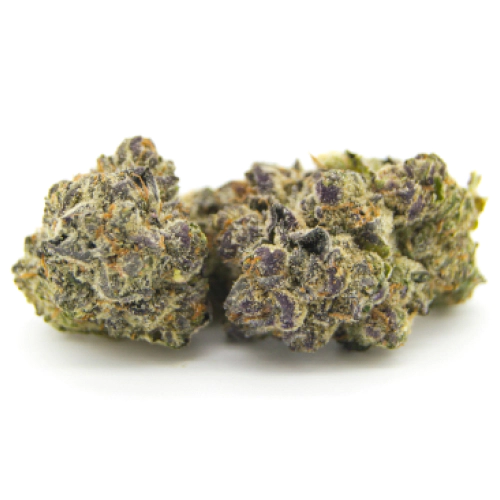
THC 19.2 - 22.2%
CBD 0.6 - 0.83%
Effect Sleepy
Flavor Citrus
THC 20 - 23%
CBD 0.78 - 0.91%
Effect Aroused
Flavor Tropical
THC 16.62 - 17.54%
CBD 0.31 - 0.5%
Effect Uplifted
Flavor Spicyherbal
THC 9.75 - 11.25%
CBD 0.02 - 0.44%
Effect Concentrated
Flavor Peach
THC 15.5 - 24%
CBD 0.17 - 1.02%
Effect Sleepy
Flavor Strawberry
THC 16.17 - 18.17%
CBD 0.45 - 0.81%
Effect Sleepy
Flavor Sweet

THC 18.38 - 20.94%
CBD 0.4 - 0.57%
Effect Sleepy
Flavor Blueberry
THC 6.5 - 7.5%
CBD 3.5 - 6%
Effect Uplifted
Flavor Diesel
THC 11.53 - 15.55%
CBD 0.42 - 1.06%
Effect Concentrated
Flavor Grape
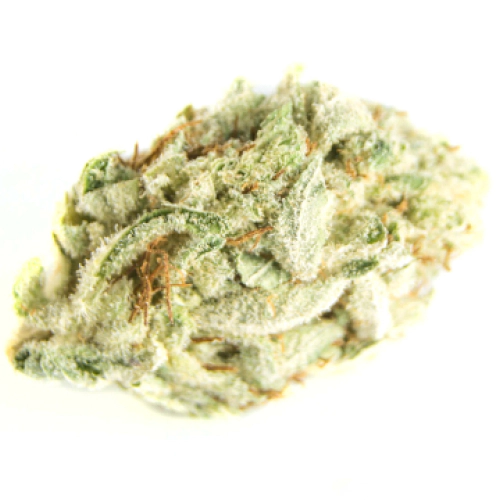
THC 19 - 23%
CBD 0.13 - 0.29%
Effect Uplifted
Flavor Sweet
THC 20 - 21.5%
CBD 0.29 - 0.77%
Effect Calm
Flavor Woody
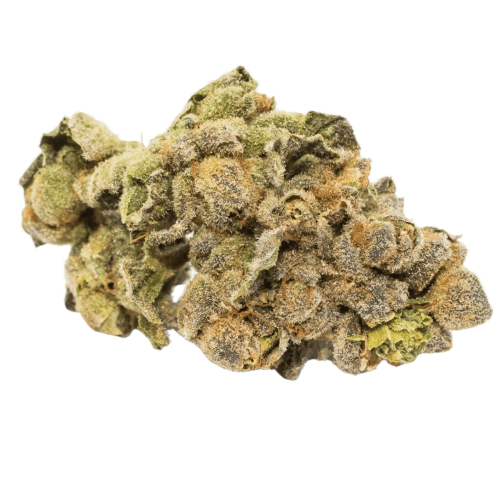

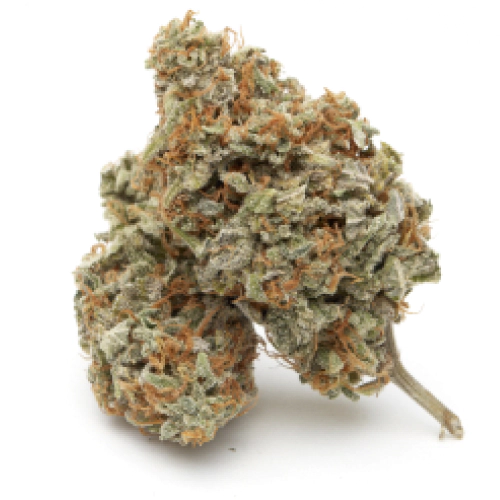


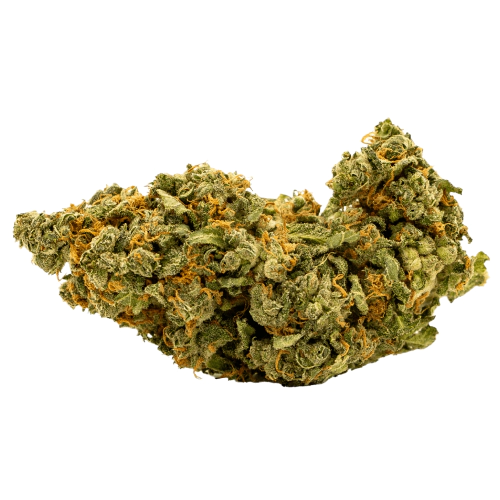


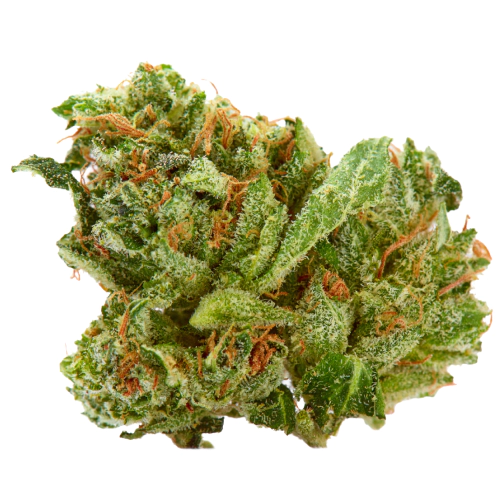
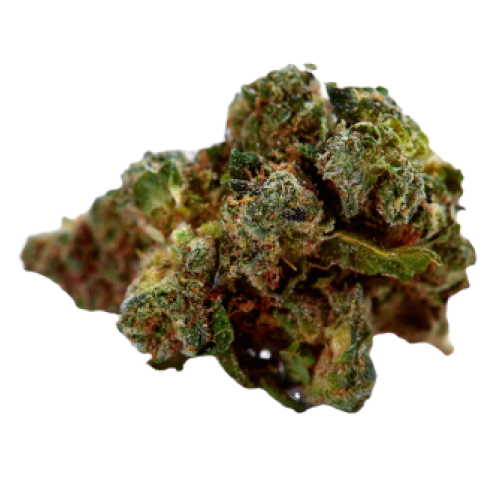

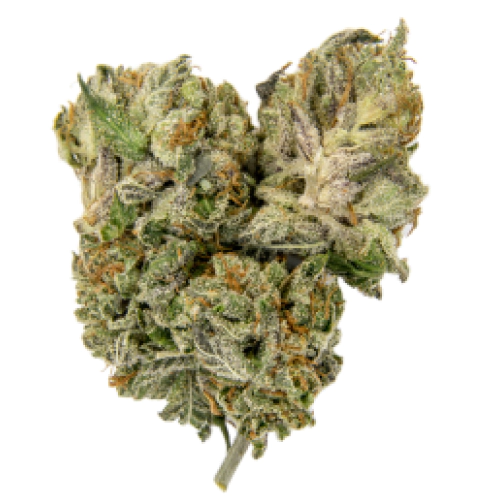
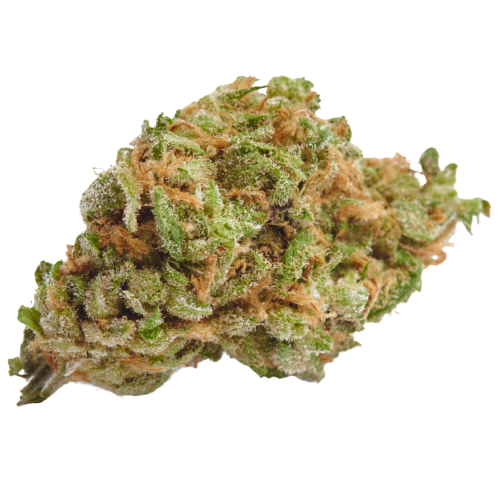
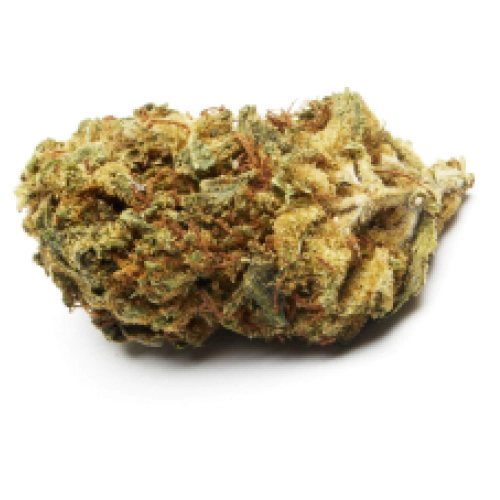

Be the first and share your opinion
Write a Review